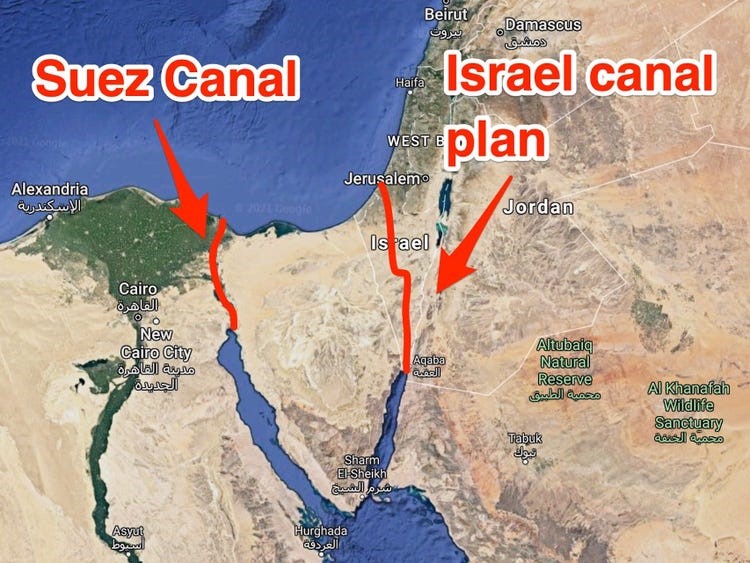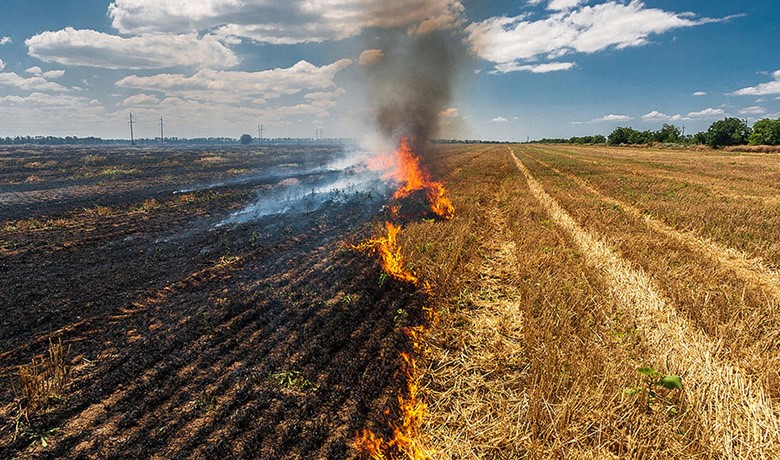India’s 2+2 Ministerial Dialogues: Partnerships and Objectives
Context:
The fifth yearly 2+2 Ministerial Dialogue took place in New Delhi recently, with the US Defence Minister and the External Affairs Minister joining them.
How to Understand 2+2 Conversations
- The goal: High-level officials from two countries, usually the Ministers of Foreign Affairs and Defence, take part in 2+2 talks. The goal of this structure is to make it easier for people from these countries to talk to each other and work together.
- Reason: These kinds of conversations let us talk in depth about strategic issues, shared worries, and political issues.
- Together, they help each other understand each other’s international views better and build stronger, more integrated strategic relationships in a world that is always changing.
Partners for India (2+2)
- The United States: India’s most important and longest-standing 2+2 partner is the United States. The first 2+2 meeting happened in September 2018, while Trump was president.
- Australia: India and Australia hold 2+2 talks, which improve their security and military cooperation even more.
- Japan: The 2+2 talks with Japan began in 2019 with the goal of increasing the strategic depth of their cooperation in defence and security.
- United Kingdom: India and the UK held their first two-way talks in October 2023, which shows how important this partnership is becoming.
- Russia: India and Russia also have 2+2 talks, which help them understand each other better on a range of regional and foreign problems.
Why 2+2 dialogues are important
- Agreements on defence and strategy: These talks have led to important deals and partnerships between the two sides. For example, India and the US have signed the Logistics Exchange Memorandum of Agreement (LEMOA), the Communications Compatibility and Security Agreement (COMCASA), and the Basic Exchange and Cooperation Agreement (BECA). These agreements allow their militaries to work together more closely.
- Taking Care of Regional Issues: Because of shared worries in the area, like China becoming more assertive, 2+2 talks are important ways for India and its partners to make sure their strategy goals are aligned. In the Quadrilateral Security Dialogue (QUAD) group, they work together with the US, Australia, and Japan to do this.
- Expanding Traditional Alliances: India also values its two-way talks with Russia, which recognise that the two countries share similar views and aims to create a multipolar world order.
Conclusion
India’s involvement in 2+2 Ministerial Dialogues with important global partners shows that it is dedicated to building strong, diverse strategic partnerships.
In a world that is always changing, these talks are very important for tackling regional and global problems, making defence cooperation stronger, and supporting shared interests.
Understanding the Forest Conservation Amendment Act of 2023
Context:
The Forest Conservation Amendment Act of 2023 was passed without much public discussion, which has made people worry about what it will mean for woods and tribal communities.
The law is meant to stop climate change and deforestation, but its parts have caused arguments about how to use forests, how to make money from them, and the rights of forest people, especially indigenous groups.
The 2023 Forest Conservation Amendment Act: Important Rules
- Topics: The change focuses on reducing climate change and managing forests well, while also encouraging planting trees.
- Changes to the law’s jurisdiction: It can only apply to places that were declared as forests under the Forest Act of 1927 or after October 25, 1980.
- Exemptions: Forests that were changed from forests to other uses after December 12, 1996, and forests that are less than 100 kilometres from the border between China and Pakistan and could be used for straight projects are not affected.
- Security Measures: The central government can now build security infrastructure in areas up to ten hectares in size, including five-hectare areas that are likely to be attacked.
- Economic Initiatives: To help people who depend on forests make a living, programmes like ecotourism, safaris, and natural fun could be put in place.
The reason for the Amendment
- Godavarman Thirumulkpad Case: This important court case in 1996 changed how forest land was understood and led to private woods being included in the 1980 law.
- Industrial Progress: People who were against the law were worried that it would slow down industrial growth and hurt the interests of private farms.
- Arguments and Disagreements: The Forest (Conservation) Amendment Bill caused a lot of debate, but it was passed with little resistance. This made indigenous communities and human rights campaigners worried.
- Changes to Prior Consent and Indigenous Rights in 2016 and 2017: These said that changes that weren’t to forests had to get permission from the tribe grama sabha first, but that part has since been taken out.
- Engagement at the state level: State governments may include grama sabhas in choices about buying land, but they may be cautious because they don’t want to get in the way of business projects.
Effects on the Forest Rights Act (FRA): It has been hard to put the FRA into practise because states would rather cut down on forest areas than change the Act to address Adivasi claims.
Concerns About Compensatory Reforestation
- Problems with the Compensatory Afforestation Act in the past have been caused by unclear language and a lack of land.
- Environmental Effects: The new change requires planting trees somewhere else for every piece of land that is lost, but it doesn’t say exactly where, so it’s up to the judge to decide what to do.
- Managing forests and following federal rules
- Afforestation vs. Forest Governance: Financial rewards for projects that plant trees go against the rules of forest governance, and practises used by concurrent list governance go against federal rules.
- Concerns about security and the environment: protecting the environment on the inside is very important, but it’s often overshadowed by threats from outside the country, which can hurt states that are prone to natural disasters.
Conclusion
The Forest Conservation Amendment Act of 2023 brings up difficult problems about how to run forests, the rights of indigenous people, and the safety of the environment.
Its goal is to solve important problems, but how it will be carried out and how it will affect forest communities need to be carefully thought through and debated to make sure that protection and growth are both balanced.
The Ben Gurion Canal Project will connect the Mediterranean Sea to the Red Sea.
Context:
Israel wants to take full control of the Gaza Strip and get rid of Hamas. This may have something to do with the ambitious Ben Gurion Canal Project, which is a business chance.
- Vision for the Ben Gurion Canal Project: The Ben Gurion Canal Project is still a bold plan for building infrastructure. It was named after David Ben-Gurion, who is considered one of Israel’s founders.
- Route: It wants to build a canal through the Negev Desert to link the Gulf of Aqaba to the eastern Mediterranean. This would put Egypt’s control over the Suez Canal to the test.
- History: A US government report from 1963 that was made public looked into the possibility of digging the canal with nuclear weapons.
- Need: It would give people another way to get from Europe to Asia without going through the Suez Canal.
- Transformational Effects: If this project goes through, it could change the way trade works around the world by ending Egypt’s control over the fastest trade route.
Getting around the Suez
- Historical Significance: When it opened in 1869, the Suez Canal changed the way ships traded around the world by cutting down on the distance between Europe and Asia.
- Problems with Congestion: The Suez Canal is still crowded, even though attempts are being made to make it bigger. This causes big delays and costs money.
- Political Conflicts: Egypt’s power over the canal has caused fights and wars that have affected politics around the world.
Problems with logistics and politics
- Complexity and Cost: Building the Ben Gurion Canal will take a long time and cost a lot of money—possibly more than $100 billion.
- Length of Route: The planned canal route is more than 100 km longer than the Suez Canal. This is mostly because of the terrain.
Concerns about security: constant military dangers, like Hamas rockets or Israeli strikes, would make it very hard to run the canal.
PM-Kisan Bhai (Bhandaran Incentive)
Context:
The Indian government is about to start the PM-Kisan Bhai (Bhandaran Incentive) plan to give small and poor farms more power and stop sellers from setting prices.
Scheme for PM-Kisan Bhai
- The goal of this plan is to give farmers a reason to keep their crops for at least three months after harvest, giving them the freedom to choose when and where to sell them.
- It wants to stop traders from setting the prices of crops all by themselves, which would give farms more power over their crops.
- Farmers will be able to choose when to sell their crops under this plan. Currently, most crops are sold around harvest, which takes 23 months on average.
Putting the plan into action
The first rollout: States like Andhra Pradesh, Assam, Madhya Pradesh, Maharashtra, Rajasthan, Tamil Nadu, and Uttar Pradesh may be the first to try out the plan.
Two Important Parts:
- Storage Rental Subsidy (WRS): Small farmers and farmer producer organisations (FPOs) can get a WRS benefit of ₹4 per quintal per month for up to three months, even if they have to pay for storage.
- Prompt Repayment Incentive (PRI): The government wants to give an extra 3% in interest subsidies to farmers who pledge their crops and get loans with low interest rates through the Kisan Credit Card (KCC) plan.
- It has been suggested by the government that the storage reward should only last for three months at most.
- Also, the rebate won’t apply to food that has been kept for 15 days or less.Daily calculations will be used to figure out the reward.
Advantages given
- Not Giving In to Price Control: If farmers are given money to store their crops during harvest time, they can refuse to sell at prices set by buyers.
- Get to a bigger market: Farmers will be able to sell to more buyers across the country if e-Negotiable Warehouse Receipt (eNWR) trade is promoted on sites like e-National Agriculture Market (e-NAM).
Need for this kind of plan
- Pledge Finance Facility: Farmers can use a pledge finance facility right now, but it’s not very useful because farmers have to pay high transfer costs and banks have to take on credit risk.
Incentives for Scientific Warehousing: The plan aims to lower interest rates on promise loans to encourage farmers to store their crops in warehouses that were built using scientific methods.
Crop Residue
Context:
Punjab and Haryana have received a stern rebuke from Supreme Court for their role in agricultural waste burning.
About Crop Residues:
- Crop residues are the byproducts of agricultural production that remain on the field after harvest.
- The advantages they bring include the ability to improve soil structure, increase organic matter levels in the soil, lower evaporation rates, and aid in carbon dioxide sequestration.
- Increased soil quality is one of the many benefits of using effective residue management practises on agricultural land.
- Sustainable energy solutions may be found in crop wastes, which can be used to create biofuels.
Policy Recommendations for Handling Crop Debris
- The Ministry of Agriculture has updated the guidelines.
- Features fundamental to the Guideline: Bilateral agreements between Beneficiaries/Aggregators and Industries will establish techno-commercial pilot projects for the Paddy Straw Supply Chain, with the goal of facilitating the effective ex-situ management of paddy straw produced in Punjab, Haryana, Uttar Pradesh, and Delhi.
Farmers are burning crop waste, but why?
- Reduced crop rotation,
- harvest mechanisation,
- labour constraints, and
- lack of a viable market for agricultural residue are all contributing factors.





